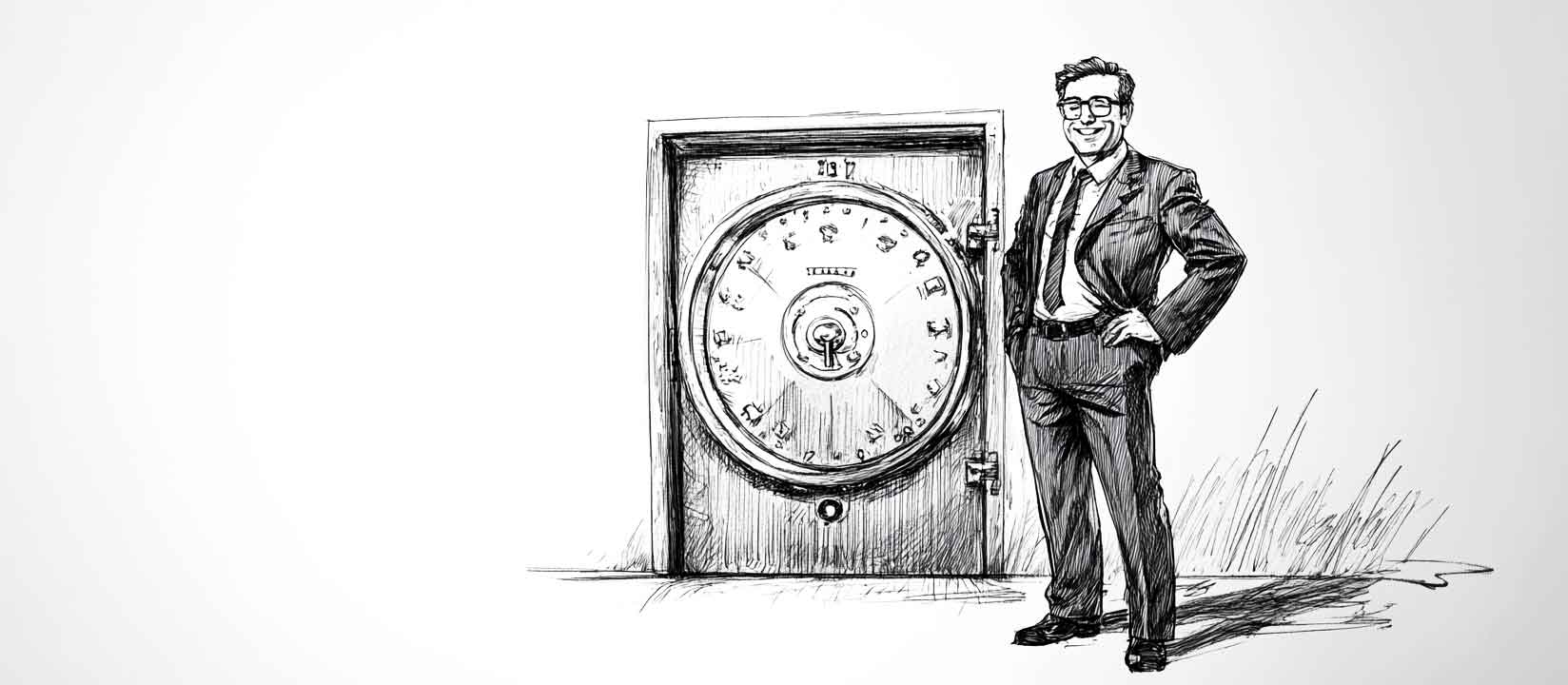That moment when a major client payment is still “in process” but payroll is due tomorrow isn’t just stressful—it’s a predictable feature of small business life that somehow always feels like a surprise emergency. Like discovering you’re out of coffee on Monday morning: entirely foreseeable, yet somehow always a crisis.
The Cash Flow Gap: Business’s Most Reliable Drama
Cash flow gaps are to small businesses what rain is to outdoor weddings: statistically inevitable and capable of ruining otherwise perfect plans.
Your business can be fundamentally profitable and still find itself gasping for financial air because:
- Customers pay in 45 days while suppliers demand payment in 30
- Seasonal sales cycles create feast-or-famine revenue patterns
- Growth paradoxically requires more cash the faster you expand
- Murphy’s Law ensures major equipment failures coincide precisely with your lowest cash position
The Blindingly Obvious Solution Nobody Uses Properly
The solution to temporary cash flow gaps has existed for approximately 5,000 years: borrowing money.

Yet many small business owners treat banks like mysterious and hostile entities rather than what they actually are: businesses that literally exist to solve your cash flow problems (while making a profit, of course).
Your Credit History: The Underappreciated Superpower
Want reliable access to cash when you need it? Maintain your credit history with the same attention you give to your most important client relationships. This means:
- Taking small, manageable loans even when you don’t desperately need them
- Repaying them precisely on schedule
- Building relationships with bankers before financial emergencies strike
- Understanding your business credit score (yes, your business has its own credit score)
Think of good credit history as financial reputation insurance. It costs something to maintain but pays extraordinary dividends precisely when you need it most.
“But I Can’t Afford Loan Payments!”
If this thought just flashed through your mind, it’s time for some uncomfortable arithmetic:
If your business cannot support the cost of occasional borrowing to manage cash flow, one of the following must be true:
-
Your pricing is wrong. The cost of capital is a real business expense. If your margins can’t absorb it, your pricing model is fundamentally broken. The solution: raise your prices and pass this essential cost to your customers.
-
Your business model is unsustainable. If your customers genuinely cannot bear prices that cover all your costs (including occasional borrowing), you’ve discovered an existential crisis, not a cash flow problem. You’re selling the wrong things to the wrong people at the wrong price.
The Existential Test
Try this thought experiment: Imagine raising your prices by the 5-7% that would cover occasional borrowing costs. If that small increase would drive away your customers, the problem isn’t your cash flow—it’s that you’re operating a business with fundamentally unsustainable economics.
Cash flow problems don’t kill healthy businesses. They kill fragile businesses with insufficient margins to absorb normal financial friction.
Your Action Plan
- Check your business credit score today. Not tomorrow, not next week. Today.
- Open a small business line of credit while you don’t need it. The best time to secure financing is when your financials look strong.
- Calculate the true cost of carrying this credit line into your pricing model. If it breaks your business, better to know now.
- Build relationships with at least two banks. Banking relationships are like fire extinguishers—best acquired before the fire starts.
The Bottom Line
Cash flow gaps aren’t mysterious or unpredictable. They’re a standard feature of business that should be managed with standard tools. Your credit history is the key that unlocks these tools precisely when you need them.
A healthy business can afford occasional borrowing costs. If yours can’t, that’s valuable information about your business model—information best discovered before your cash flow gap becomes a cash flow grave.